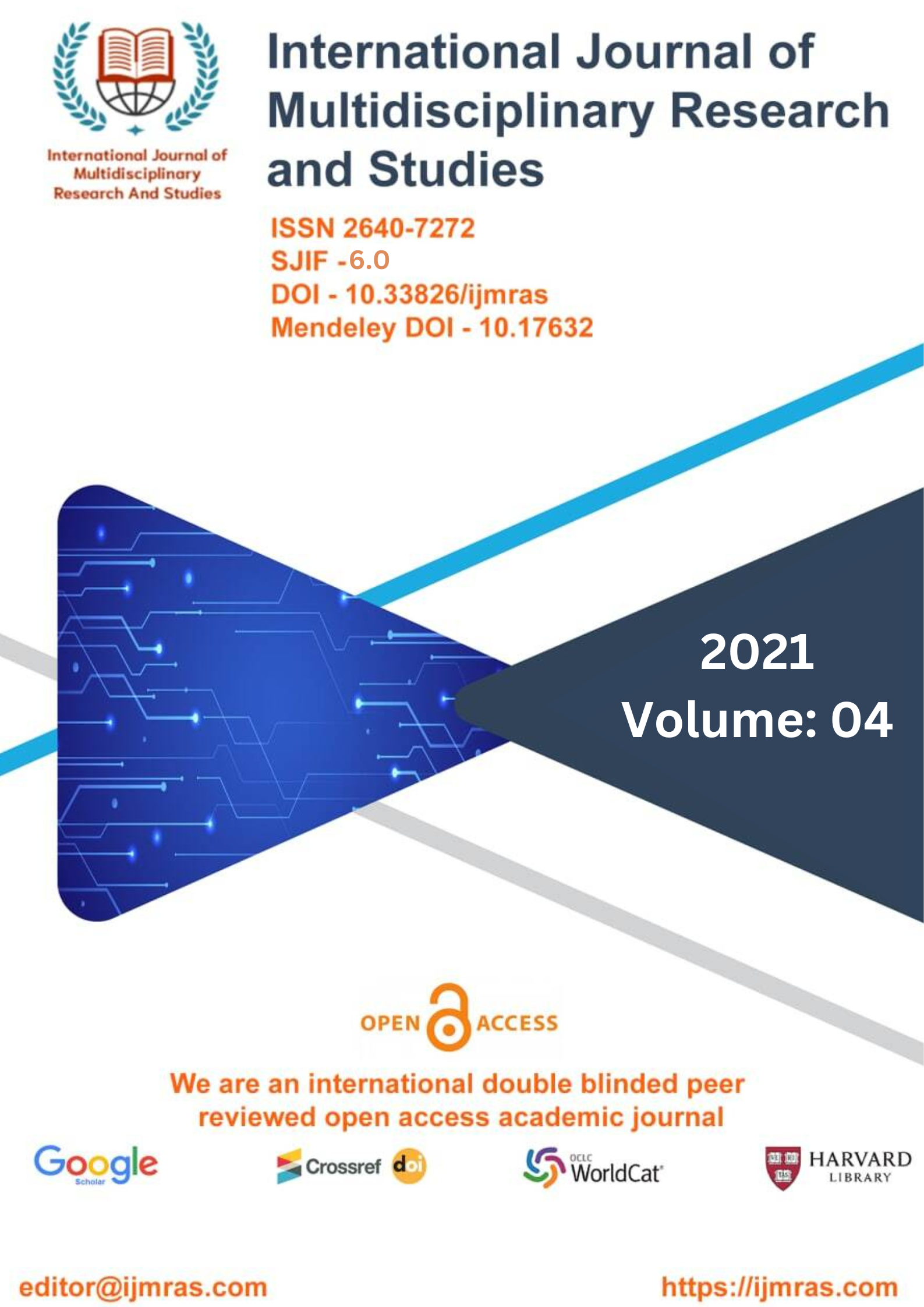STUDY ON USEFULNESS OF STUDYING THE GEOGRAPHICAL VARIATION IN HUMAN FACIAL FEATURES

Abstract
Variation may be found in many of the visible characteristics of humans, such as the form of the brow region and the nose, the color of the skin and the eyes, the diverse qualities of body hair, and the size and proportions of the body. Since Darwin's time, there has been substantial discussion over the extent to which such diversity may be explained by genetic drift (neutral processes), local adaptation, or sexual selection. This discussion began with Darwin (1871). One strategy for determining the relative influence of neutral versus selective processes on the differentiation of human traits is to compare the relative amounts of within-population and between-population variance.
Keywords
Usefulness, Geographical, Human Facial, Genetic Drift, Local AdaptationHow to Cite
References
Richard C Lewontin and WH Freeman, Human diversity, Scientific American Library, New York, 1982.
Conrad Phillip Kottak, The Exploration of Human Diversity, New York: McGraw-Hill, Inc, 2002.
Steven R Holloway, Richard Wright, and Mark Ellis, “The racially fragmented city? neighborhood racial segregation and diversity jointly considered,” The Professional Geographer, vol. 64, no. 1, pp. 63–82, 2012.
Daniel T Lichter, Domenico Parisi, and Michael C Taquino, “The geography of exclusion: Race, segregation, and concentrated poverty,” Social Problems, vol. 59, no. 3, pp. 364–388, 2012.
Szymon Marcinczak, Tiit Tammaru, Jakub Nov ´ ak, Michael Gentile, Zolt ´ an Kov ´ acs, Jana ´ Temelova, Vytautas Valatka, Anneli K ´ ahrik, and Bal ¨ azs Szab ´ o, “Patterns of socioeconomic ´ segregation in the capital cities of fast-track reforming postsocialist countries,” Annals of the Association of American Geographers, vol. 105, no. 1, pp. 183–202, 2015.
Daniel T Lichter, Domenico Parisi, Michael C Taquino, and Brian Beaulieu, “Race and the micro-scale spatial concentration of poverty,” Cambridge Journal of Regions, Economy, and Society, vol. 1, no. 1, pp. 51–67, 2008.
Daniel T Lichter, “Immigration and the new racial diversity in rural America,” Rural Sociology, vol. 77, no. 1, pp. 3–35, 2012.
Margaret S Archer, “Sociology for one world: unity and diversity,” International Sociology, vol. 6, no. 2, pp. 131–147, 1991.
Kwame McKenzie and NS Crowcroft, “Describing race, ethnicity, and culture in medical research.,” BMJ: British Medical Journal, vol. 312, no. 7038, pp. 1054, 1996.
Peter A Senior and Raj Bhopal, “Ethnicity as a variable in epidemiological research.,” BMJ: British Medical Journal, vol. 309, no. 6950, pp. 327, 1994.
Sameer Agarwal, Yasutaka Furukawa, Noah Snavely, Ian Simon, Brian Curless, Steven M Seitz, and Richard Szeliski, “Building Rome in a Day,” Communications of the ACM, vol. 54, no. 10, pp. 105–112, 2011.
Haipeng Zhang, Mohammed Korayem, David J Crandall, and Gretchen LeBuhn, “Mining Photo-Sharing Websites to Study Ecological Phenomena,” in WWW, 2012, pp. 749–758.
Daniel Leung and Shawn Newsam, “Proximate Sensing: Inferring What-is-Where from Georeferenced Photo Collections,” in CVPR, 2010
Carl Doersch, Saurabh Singh, Abhinav Gupta, Josef Sivic, and Alexei A. Efros, “What Makes Paris Look like Paris?,” ACM Transactions on Graphics (SIGGRAPH), vol. 31, no. 4, 2012.
License
Copyright (c) 2021 Anil Kumar

This work is licensed under a Creative Commons Attribution 4.0 International License.
Individual articles are published Open Access under the Creative Commons Licence: CC-BY 4.0.



